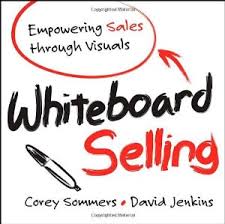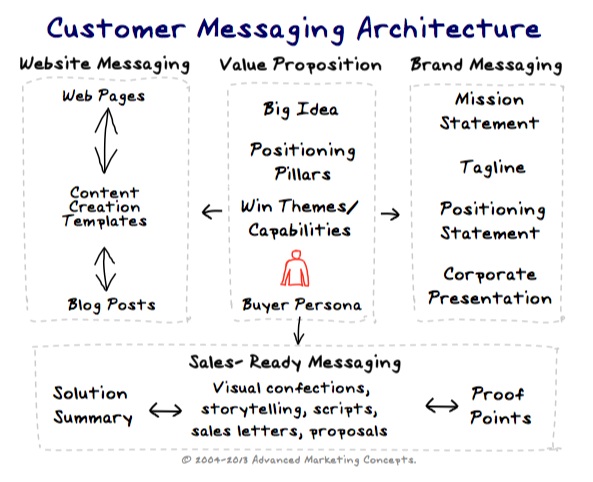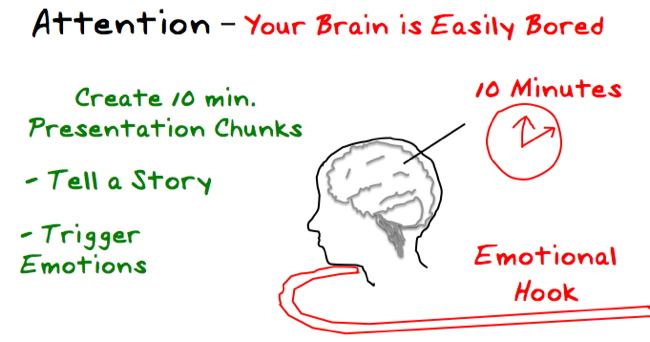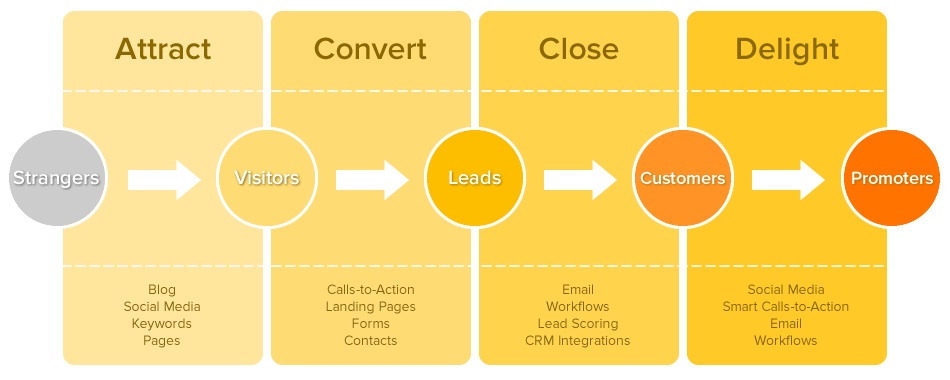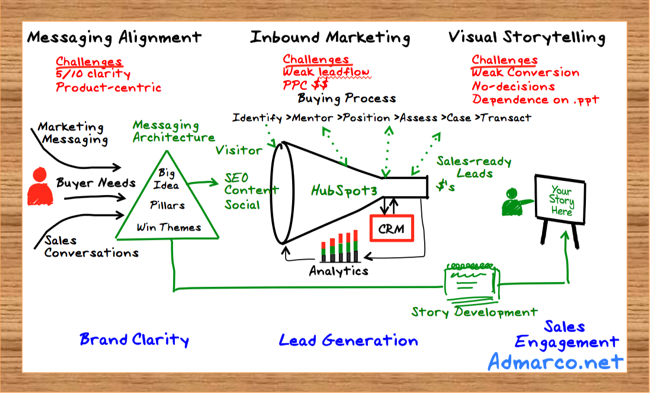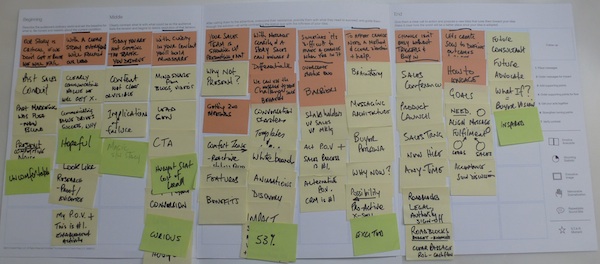I Wish I Had This Book 2 Years Earlier
I wish I had this book when I started working with WhiteboardSelling in December 2010, as it would have accelerated my learning curve.I learned the craft and art of whiteboarding by observation, sitting with Corey Sommers as he went through each aspect of the Whiteboard Selling process, including:
- Kicking off the session with the client,
- Conducting the brainstorming message workshop,
- Coming up with the initial visual concepts,
- Scripting out the whiteboard story,
- Getting the whiteboard approved, and
- Training the sales teams to do the whiteboard.
The book is well-written and well worth the meager investment for anyone interested in whiteboarding.
Here's why you should buy it.
Get Clear About Your Value Proposition
In the two years with Whiteboard Selling, the typical client-messaging baseline for developing the whiteboard was 5/10 for clarity.Messaging existed in the form of PowerPoint, .pdf’s and ideas in various contributor's heads. The process of defining the whiteboard story is clearly outlined in the book and helps the whiteboard author to clarify the buyer’s issues and to focus conversation on relevant product or service capabilities using the right whiteboard structure for the buyers maturity in their buying process.... this is important!
There is a difference between a "Why Change" whiteboard story for a first call on a prospective customer and a "Why Me" whiteboard story at a closing meeting on a prospective new customer.
The differences are spelled out in the book and will help salespeople go from a 5/10 for clarity to a 9 or a 10 by the time they complete the whiteboard development process.
Whiteboard styles and design templates are included for each stage in the buying process.... these are invaluable for rookie whiteboarders.
Get Salespeople to do Product Training with a Whiteboard
Despite best efforts of product managers in sales kick-off training sessions, very little is retained from a typical PowerPoint based product training session. The only thing memorable most salespeople bring home from a typical sales kickoff event is hangover.Magic happens when you engage salespeople to do the product training using a whiteboard. The process of iterative role-playing - of presenting and watching and listening to the whiteboard development repeatedly, engages the whole brain and all of the senses.
I observed thousands of salespeople walk into training rooms having never seen the whiteboard story and doubting their ability to whiteboard. The same salespeople left four hours later capable of delivering the whiteboard the next day - they owned the message in just four hours.
Summary
- This book outlines the path to creating a sound whiteboard story that can be used to get everyone in your sales and channels team on message and to make it stick.
- Unless you happen to be a visual and cognitive genius capable of inventing images and story on the fly, don't expect some magical force to guide your pen.
- You'll never get up to the whiteboard and create something meaningful if it does not already exist in your mind.
- WhiteboardSelling methodology and process IP are now owned by Corporate Visions after they acquired the company in August 2012.
- David Jenkins and Corey Sommers have both moved on, however they have left an indelible entry in the canon of selling literature and their book Whiteboard Selling is highly recommended. You can order it here.


